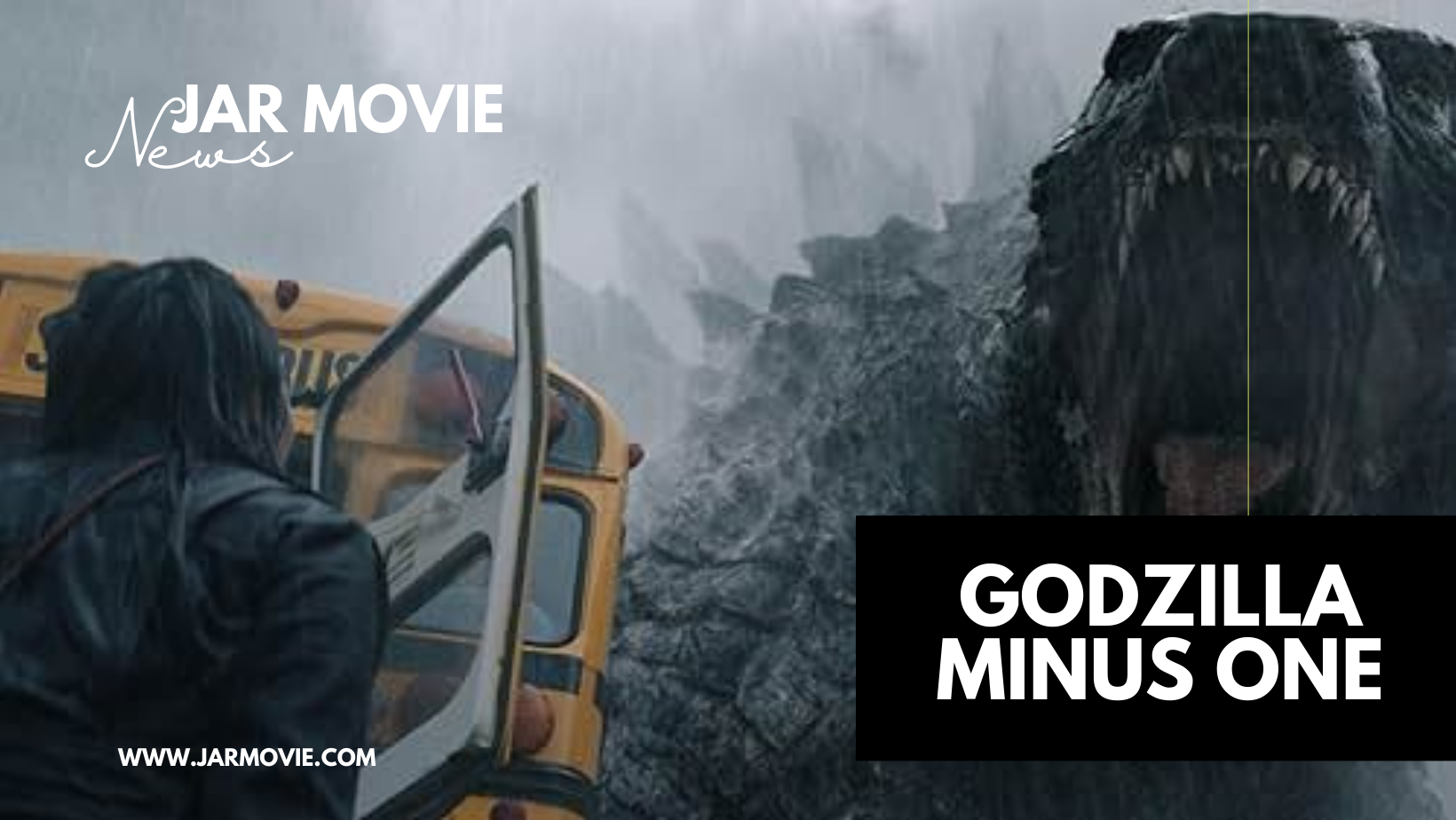The kaiju film, which opens in American theaters on December 1, is being praised as one of the greatest in the 70-year history of the venerable franchise.
The 37th installment in Japan’s venerable great monster movie series, Godzilla Minus One, opens in U.S. cinemas this Friday, and reviews have been overwhelmingly positive thus far.
In a typically scathing assessment, ReelViews reviewer James Berardinelli claims that “Godzilla Minus One isn’t just a good Godzilla movie.” “It’s a fantastic Godzilla film, possibly one of the best to ever appear on screen.”
Godzilla Minus One, a period piece written and produced by renowned CG animator and VFX artist Takashi Yamazaki, shows the huge Kaiju returning to his natural habitat while Japan is still reeling from the devastation of World War 2. Starring are Kuranosuke Sasaki, Sakura Ando, Yuki Yamada, Minami Hamabe, Hidetaka Yoshioka, and Munetaka Aoki.
The film has been widely acclaimed by American reviewers for its amazing visual impact, which Yamazaki achieved despite the project’s limited budget, and for its poignant human drama and iconic use of the Kaijiu as a metaphor for societal criticism.
The film’s action style received a lot of appreciation from IGN Movies writer Katie Rife. Even though Godzilla Minus One was made for a meager $15 million, which is less than 10% of the budget for Legendary’s previous Monsterverse film, Godzilla Vs. Kong, it looks costly, cleverly using historical settings and drone views that whip across vast expanses of water. Scenes of devastation caused by kaiju also leave an impression: It’s worth watching an Imax image of a massive cruiser going across the screen like a piece of firewood.
Godzilla Minus One
“Godzilla Minus One is one kaiju movie that remains truly compelling between the scenes of mass destruction,” was the general conclusion as of Thursday night, when the movie’s Rotten Tomatoes score stood at 98 percent from 48 reviews.
The debut of the new movie falls on the 70th anniversary of the renowned monster franchise, which got its start in 1954 with Godzilla from Toho Studio. Godzilla Minus One, the first entirely Japanese-produced game in the franchise since 2016, debuted on November 3 and has already grossed over $20 million in domestic sales.
In a consistent thread among critics, Godzilla Minus One seems to be earning especially favorable comparisons to Hollywood’s recent output of franchise sequels — including both superhero bombs, as well as actual hits.
“In this reboot of the 1954 Godzilla, filmmaker Takashi Yamazaki — juggling the jobs of writer, director, and visual effects supervisor — mixes the tried-and-true beats of a modern blockbuster with the emotional and political tone of the original film,” writes Washington Post critic Lucas Trevor in his review. The end product is visually stunning and an epic entertainment in every sense of the word. It is nothing short of spectacular.Top Gun: Maverick demonstrated to us that there is still a market for films that blend emotionally charged characters with succinct, inventive action. Another reminder is Godzilla Minus One, which is also perhaps the superior film.
Nick Schager of The Daily Beast was thrilled to witness Godzilla’s spectacular return to his own land following a mixed record of films from Legendary Entertainment’s Hollywood mosterverse. America’s track record in bringing Godzilla to life has been, to put it mildly, uneven, with a few small highs (Godzilla, 2014; Godzilla vs. Kong, 2021) and a lot of lows (almost everything else, including the current Monarch: Legacy of Monsters on Apple TV+). But not in his native country. The latest Godzilla Minus One from Toho Studios is proof that the Japanese are skilled at creating the recognizable radioactive monster.
“It delivers just about everything fans could want from a sequel—including plenty of larger-than-life chaos and madness,” Schager continues, “skillfully balancing its human- and titan-sized concerns and going light on socio-political allegory in favor of muscular mayhem.”
The film’s touching human story and brilliant visual effects delighted Bob Strauss of the San Francisco Chronicle. He claims that “Godzilla’s viscerally and visually stunning appearances in Minus One almost make up for the monster’s sparse onscreen presence.” The primary outcome of this movie’s dedication to emotional intelligence is that it fills in the gaps in the series that have always existed. That, and— unless you’re some kind of beast— should provide a climax that will make you cry.
Similarly, Matt Schimkowitz, the critic for AV Club, emphasizes in his conclusion how much Godzilla Minus One has brought life back to the longest-running movie franchise in the world: “Godzilla Minus One does what all the best Godzillas strive for, successfully using Godzilla as a foundation for robust storytelling.” The picture triumphantly lets out its nuclear breath, delivering a gripping narrative that makes the viewer feel the heat. Here, the old clichés—now the subject of stale parodies—reappear with fresh force as Yamazaki discovers the humanist lesson amidst the debris of a shattered Tokyo. Godzilla Minus One may be the best Godzilla movie ever made, proving that the reptile has plenty of life remaining in it.
Christopher Cruz of Rolling Stone continues, saying that Godzilla Minus One provides an alternative to the shared universe syndrome. It’s perhaps the first Godzilla film that dares to make you cry, and it’s a masterfully rendered homage to kaiju classics. Watch it on the largest screen that you can.
